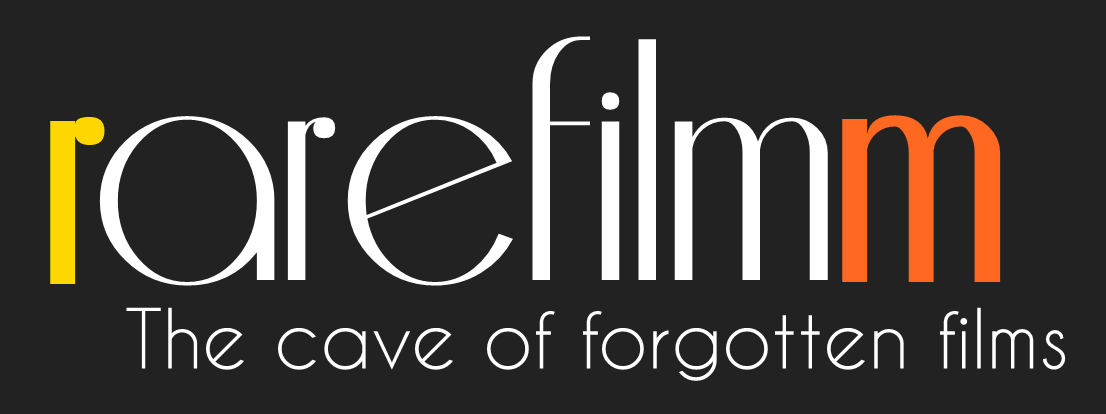Csaba has just come out of doing a stint in prison because he stabbed a man while drunk, and when he goes home he discovers that his wife is now living with someone else in their apartment. Csaba quickly divorces his wife but he still has to move in and share a kitchen and bathroom with her and her new mate, suffering because he still loves her. This untenable situation is complicated by visits from Csaba’s mother, and by various women he starts seeing, as well as by a busy-body neighbor. The three main roles of Csaba, his wife, and her lover are excellently interpreted in this satire on social morés and economic realities.
Tag: HUNGARY
Sándor Sára’s short experimental film juxtaposes pitiful war memorials against actual footage from the First World War. Thus, by exploiting the power of montage, the absurdity of celebrating war is brought to the fore along with the tragedy of how ordinary people are manipulated by ideologies and then despatched to the slaughterhouse. Pro Patria can be viewed as the overture in Sára’s film series on war, in which he does not yet apply the medium of the ‘talking heads’ documentary but instead the montage art form in order to dig deep into the subject: the tragic truth of the individual sent off to battle.
Intrigue and deceit in medieval Hungary, with spectacular choreography by Miklós Jancsó. Gáspár, the youngest scion of the ruling family, returns home from Italy and discovers he is destined to be crowned king. However, the path to the throne is convoluted and in the death dance around the court nobody can escape their fate. Ninetto Davoli, known from Pasolini films, also plays an important role alongside László Gálffi, while József Madaras and György Cserhalmi similarly excel in this carnival-like allegory mixed with pantomime.
The humour and irony-laden art criticism of György Kovásznai’s previous films is further developed in this short. Each of the three episodes acquired a different visual presentation. The first episode makes fun of the cinema (and its overstimulating effect), the second of the theatre (and its hypocrisy) and the third of the classical music (and its snobbism).
Whispered to by an ancient tree, young shepherd Mihály dreams of more than his simple existence among grass and sheep. The journey he embarks on brings him into contact with golden birds, a dragon and a fair damsel The film’s incredibly rich visuals are based on the animation transfiguration of late Gothic, early Italian Renaissance frescoes, altarpieces and tableaux. Based on a poem by János Pilinszky.
A slowly disintegrating painting, a bird on the painting that later flies away. An ethereal female figure that pops up from time to time, then as a counterpoint a disgusting insect, an undulating multitude of pebbles and a plethora of letters fill the picture. In other words, the combined spectacle of visual motifs and sound effects creates a unique and memorable vision of the passing of time and the continuous change of time.
This impressionist film is set in the period of “sweet peace”, at the turn of the century. Jeno Kelepei, a bohemain student, decides to move into Mutter’s brothel after a dissipated night, for food and accomodation. When the young man’s anxious mother arrives unexpectedly from the countryside, the Mutter quickly transforms the house into a boarding house for damsels.
Budapest, in the ’80s. Géza and his family living in the block flat microdistrict. One morning Géza meets a young lady in the elevator. This moment change his life. On the same day he quits his factory job and decides to start his own business: became a wall driller, as there a big demand for it in the neighborhood.
